
Who Was Your Daddy and What Did He Do
M3 Grant
You’ve seen the Lee now let’s meet the Grant. This is the tank that the US sent the British to go up against the Panzers of Rommel’s DAK.
Take a Lee and remove that ridiculous Turreted Machine Gun and you’ve got yourself a Grant.
So let’s meet the man behind the tank, a drunkard, a debtor and President of the United States of America, General Grant
Hiram Ulysses Grant better known as Ulysses S. Grant due to the mistake of an application made to West point on his behalf in which his name was misspelt and could not be corrected.
Grant spent his time at West Point riding, painting and reading graduating in the lower half of his class in 1843 when he joined an Infantry Regiment intending to serve his four years and resign his commission in order to return to civilian life as a teacher. He married in 1848 and with a wife and children to support Grant elected to remain in the army rather than risk not being able to find gainful employment.
Grant took part in the Mexican American War where his brilliant horsemanship skills were put to the test. At the Battle of Monterrey Grant hung from the side of his horse and delivered a dispatch under heavy enemy fire which earned him a lot of praise and glory.
Grant joined Scott’s army where he met Scott’s engineer and Aide Robert E. Lee. After the War Grant returned to the US where he was eventually sent to guard the newly discovered Goldfields in the newly acquired territory of California. Grant tried his hand in the Goldfields to no success and turned to drink to cope with his many problems, his alcoholism eventually lead to his resignation from the army and his life as a struggling farmer until 1861 when he rejoined the US Army.
Promoted to Colonel Grant lead the 21st Illinois to Missouri where he took part in the fighting there. Grant spent a lot of time drilling and training his raw troops to prepare them for the battles ahead. Grant was eventually promoted to command of the Army of the Tennessee which he used to invade Tennessee camping his troops at Pittsburg landing and preparing for a battle. Grant was ordered to remain in position and the union forces were paralysed, at the mercy of the Confederate Army who attacked them near Shiloh Church.
The Battle of Shiloh was Grant’s first large scale engagement and established in his mind that the Confederacy would not surrender without a total military victory and that diplomacy would not bear fruit.
Shiloh was very bloody having such wonderfully named sites as the “Hornet’s Nest” named because the men in the area heard a near constant whizzing of bullets over their head demonstrating the sheer firepower present at the battle. The high casualties at the battle lead to the Media falsely accusing him of being drunk and incompetent during the battle tarnishing his name to those who did not know him personally. it was here tha tthe highest ranking man of either side was killed, General Albert Sidney Johnston was killed by men in the Hornet’s Nest. Grant’s victory ended all Confederate opportunities in Mississippi and essentially secured the Nation’s flank.
Grant was relieved of command on April 11th 1862 and once again considered tendering his resignation from the Army but was convinced to stay in the military by his close friend General Sherman. Two months later and at the insistence of President Lincoln Grant was reinstated as commander of the Army of the Tennessee where he defended Corinth and advanced on Mississippi.
Facing setbacks Grant began to accept Black men into his army forming the soon to be famous United States Coloured Troops.
Grant then settled into a siege at Vicksburg where he began drinking heavily again and fighting with his subordinates culminating in his dismissal of General McClernand. Grant was by now a staunch anti slavery activist and considered a radical emancipation supporter.
Grant accepted the surrender of Vicksburg and was promoted to Major General after which he fought some battles and retreated to Chattanooga where his army was trapped and in desperate need of supplies. General Hooker (yes Hooker’s are named that because of him) relieved the pressure on Grant and he was soon back on the offensive taking Missionary Ridge and opening the path for Sherman to march through Georgia.
Grant was then promoted to Lieutenant General, the first person to be in that position since George Washington, and given overall command of union forces. The stag was set for a battle of giants as Lee and Grant met once again during the Overland Campaign.
Grant and Lee then began a series of Battles in wic Grant attempted to break Lee’s Army and split him off from Richmond, unable to accomplish this Grant attempted to flank Lee numerous times to no avail. These battles would be very bloody and result in Grant being labelled a “Butcher” in the Northern press.
Grant attempted to overcome Lee’s brilliant defences at Petersburg with direct and overwhelming frontal assaults including one which involved detonating a mine in a tunnel and swarming it with troops. WWI tactics did not start in 1914 ladies and gentlemen.
With his frontal attack coming to nothing Grant continued to extend his envelopment of the city forcing Lee to spread out his forces greatly reducing their effectiveness. Grant then instructed Sherman to attack Atlanta and Thomas to attack Nashville effectively eliminating all the weakened Confederate forces currently in the field. Only Lee remained.
Lee surrendered and General Grant became the face of a victorious Union Army. Both Lee and Grant had met before in Mexico however only Grant remembered the earlier meeting.
Grant later went on to become a two term Republican President of the United States and I have to admit I know nothing of US politics from 1860-1920 so i can’t fill in the finer details of his career.
Grant died after a year long battle with throat cancer eventually succumbing to it in 1885. His funeral was giant, tens of thousands of troops marched, millions attended and his tomb is still the largest in the United States.
“In every battle there comes a time when both sides consider themselves beaten. Then he who continues the attack wins.”
―

































![How To Paint Moonstone’s Nanny | Goblin King Games [7 Days Early Access]](https://images.beastsofwar.com/2024/12/3CU-Gobin-King-Games-Moonstone-Shades-Nanny-coverimage-225-127.jpg)







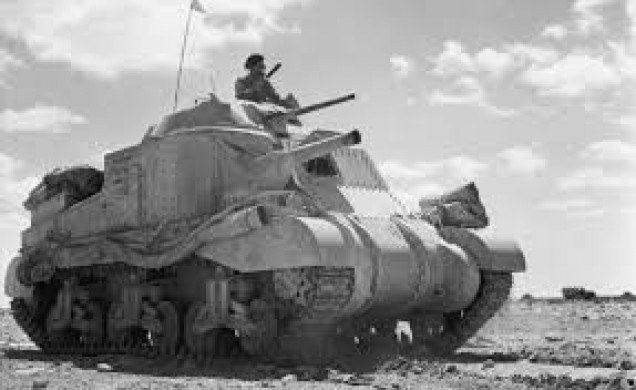
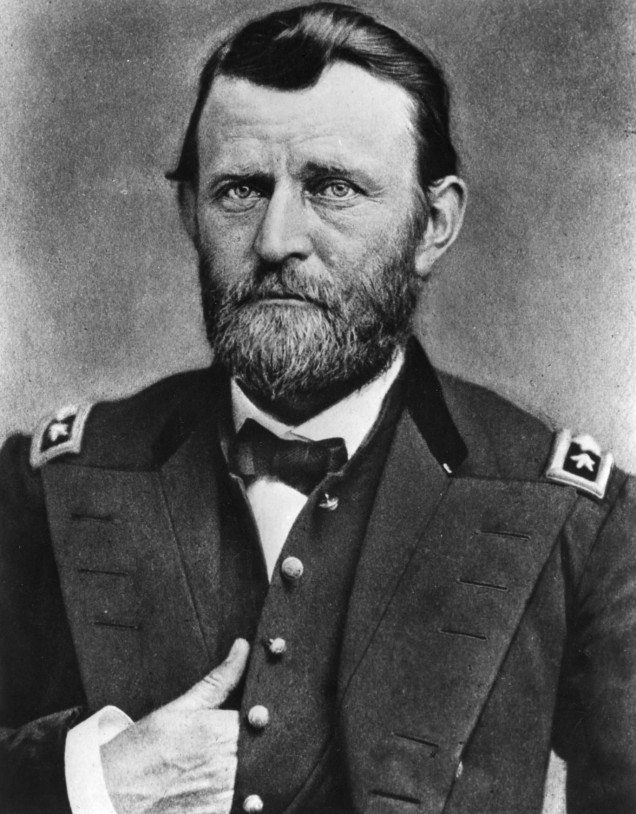
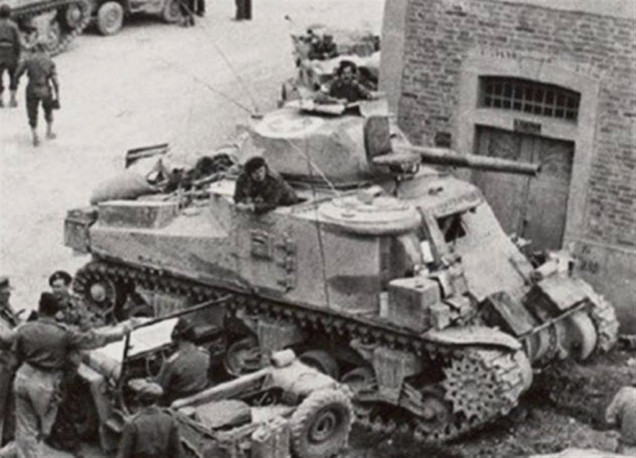
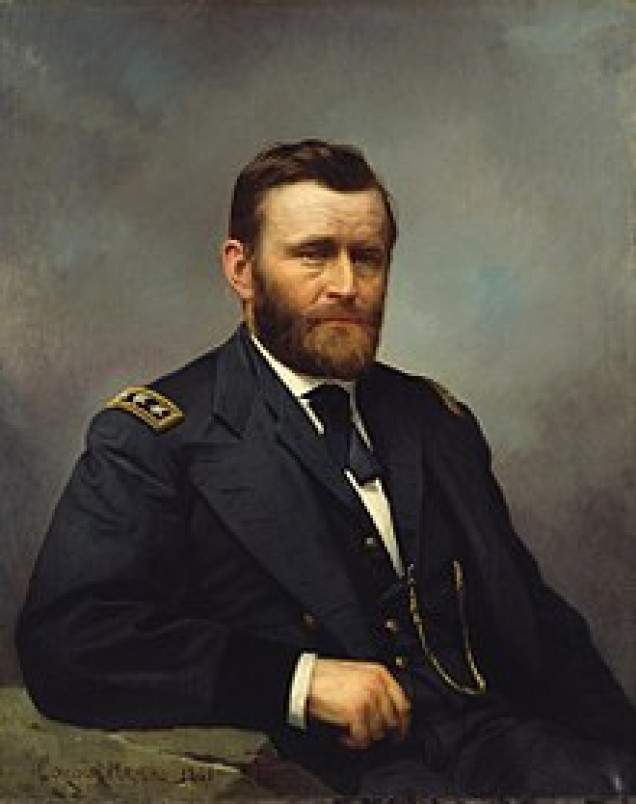
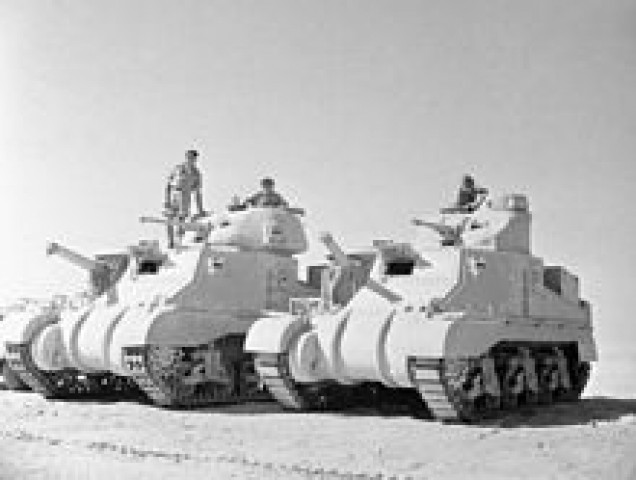
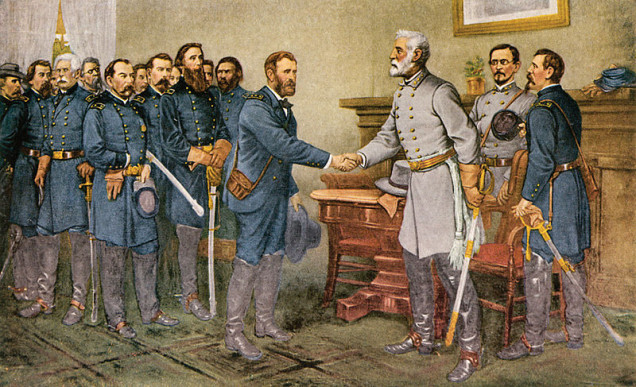































Leave a Reply